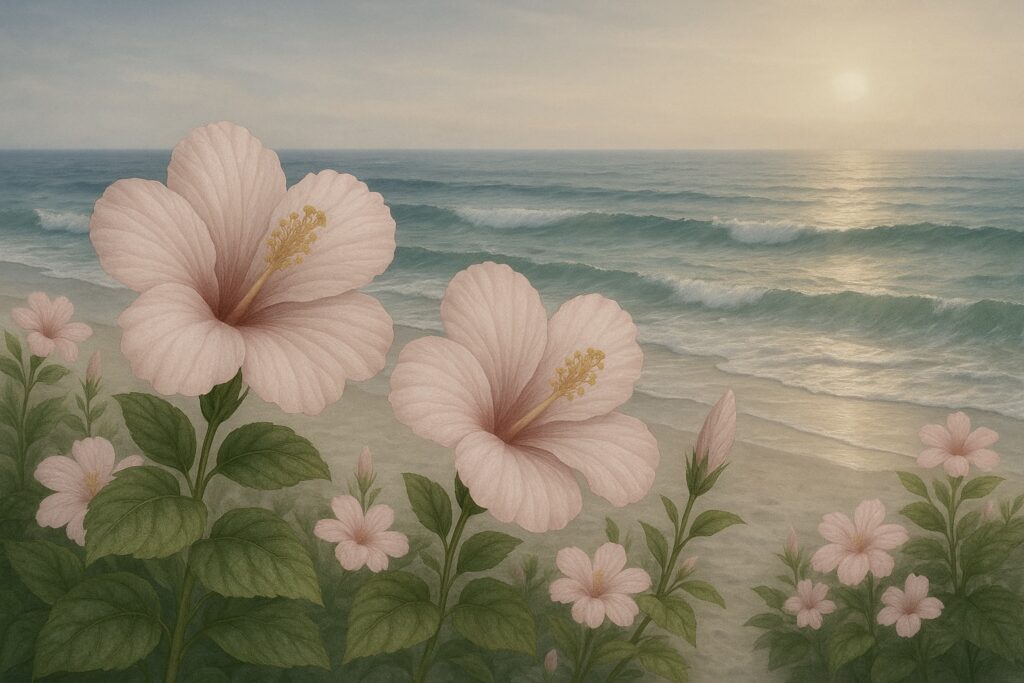Who are we?
Hello and welcome to Kizuna Counseling. I am truly glad you are here. Choosing to begin counseling is an act of courage, and it is a privilege for me to walk beside you. My office is a quiet and welcoming space where you can come exactly as you are, without needing to filter or hold back. You will be met here with warmth, presence, and deep respect.
Whether you are navigating anxiety, relationship challenges, life transitions, or simply feel the need for someone to talk to, you do not have to do it alone. I am here to walk with you, step by step, with compassion and care.
The name Kizuna carries personal and cultural meaning close to my heart. In Japanese, Kizuna (絆) speaks to the deep and lasting bonds we form through shared experience and connection. It reflects the heart of my approach to therapy. I believe healing happens in relationships. In this space, Kizuna is the connection we create together—one built on trust, empathy, and understanding. From that foundation, growth and transformation become not only possible but sustainable.
My hope is that you feel seen, supported, and gently encouraged as you find your own path forward. Together, we will explore your story, your strength, and your capacity to heal.
Let us build Kizuna together. When you are ready, I am here for you with presence, intention, and an open heart.
The Hibiscus Flower
The hibiscus is more than just a flower, it is a quiet symbol of beauty, strength, and transformation across many cultures and traditions. Its delicate petals and vibrant colors make it easy to admire, but its true meaning lies much deeper. The hibiscus reminds us that healing is not loud or linear. It can be soft. It can be slow. And it can be quietly powerful.
❞
In Japan, the hibiscus is known as “Suzuki, ” which means gentle beauty. It is not associated with flashy declarations but with the kind of beauty that radiates from grace, humility, and kindness. This makes the hibiscus a perfect reflection of Kizuna, the sacred bond between people built through presence, care, and enduring connection.
In Okinawa specifically, the hibiscus is a beloved part of the landscape. It lines the streets and grows by the sea, often gifted as a symbol of welcome and peace. For many, it is a reminder to slow down and be present in the moment, to let beauty exist without needing to grasp or hold onto it.
Japanese Culture: The Heart of Kizuna
❞
In Hawaiian tradition, the hibiscus is the state flower and holds a place of deep cultural pride. It is often worn behind the ear to symbolize relationship status, on the left if someone is in love, on the right if they are open to love.
Beyond romance, the hibiscus represents divine femininity, strength, and personal power. It embodies the life force of nature, something wild, resilient, and blooming even in difficult soil. It’s seen as both soft and bold, reflecting the complexity of being human.
Hawaiian/Polynesian Culture: Femininity and Power
❞
In Chinese symbolism, the hibiscus often represents fame, wealth, and personal glory, but it also carries a quieter message, the acknowledgment of life’s fleeting nature. Much like cherry blossoms, the hibiscus blooms brilliantly but briefly, reminding us to appreciate each season of life before it passes.
This mirrors the therapeutic belief that healing happens in phases and that emotions, like flowers, rise and fall in their own time. The hibiscus asks us to be gentle with our process and to honor each moment for what it offers.
Chinese Culture: Honor and TransienceAva
❞
In India, the hibiscus is sacred, particularly to the goddess Kali. The red hibiscus is often used in offerings and rituals that honor feminine power, the destruction of ego, and spiritual rebirth. In Ayurvedic medicine, hibiscus is known for its cooling, purifying, and restorative properties. It is used to soothe inflammation, support heart health, and calm the mind.
The flower is both symbolic and medicinal, a bridge between the emotional and physical body. It reminds us that healing can be holistic, that emotional pain can show up in the body, and that peace must be nurtured from the inside out.
South Asia and Ayurveda: Healing and Devotion
Mental Health Statistics
01
1 in 5 adults in the United States experiences mental illness each year.
02
Over 60% of adults with mental health conditions do not receive treatment.
Source: (SAMHSA), 2022 National Survey on Drug Use and Health
03
The average delay between symptom onset and treatment is 11 years.
04
Suicide is the second leading cause of death among youth ages 10 to 14
Source: Centers for Disease Control and Prevention (CDC), 2022
05
50% of all mental health disorders begin before the age of 14, and 75% by age 24.
Source: National Alliance on Mental Illness (NAMI)
06
Autistic individuals are over 7 times more likely to die by suicide than the general population
Source: Autism Research journal, 2021 meta-analysis ([Hirvikoski et al.])

